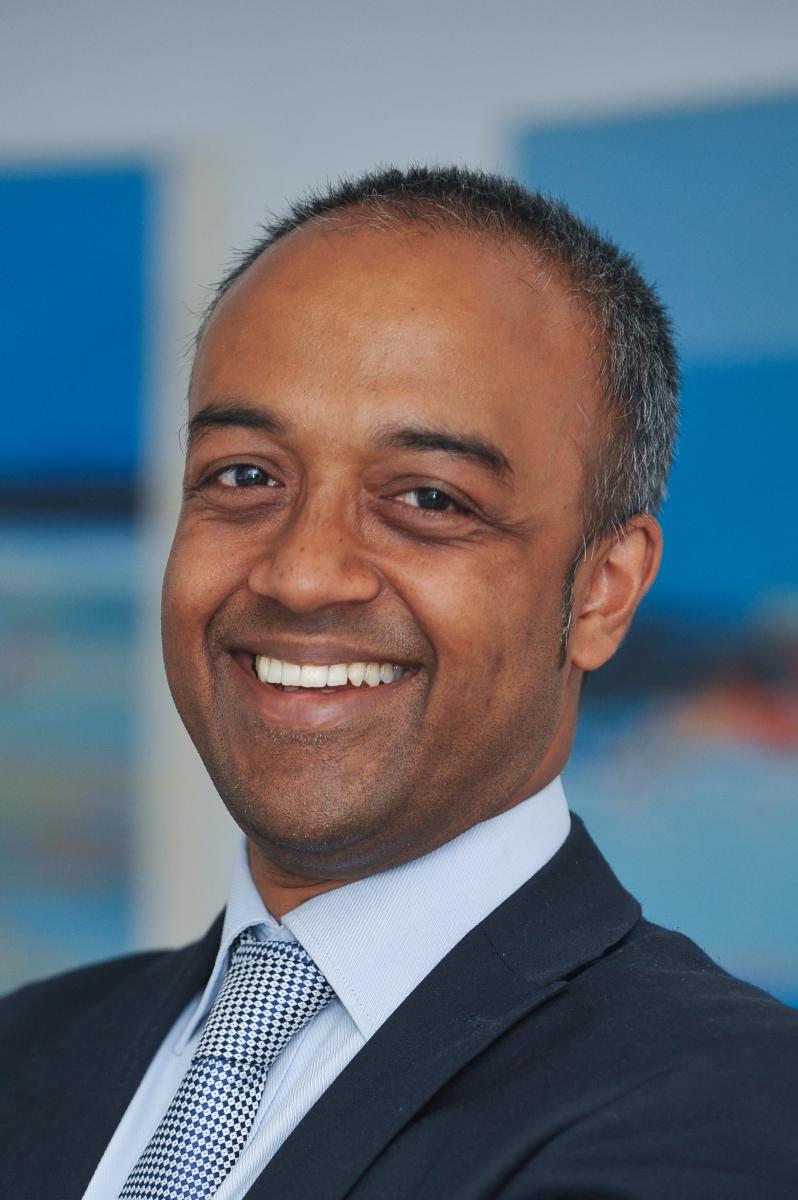From Hull to London: individual and population South Asian perspectives

My father came to England to gain postgraduate experience in August 1972, having trained and worked in Kolkata (then Calcutta). He worked across hospitals, mainly in the North of England, in an era when immigrant health professionals were routinely told to their face not to apply for certain specialties and posts.
In 1976, he married my mother, a mathematics teacher from Delhi, who joined him in Hull, where he started general practice training. I was born in Hull in 1978. That is the short answer to the “How long have you been in the UK?” question.
We drove to Bradford every couple of weeks to buy ingredients, from fresh coriander and basmati rice to Bangladeshi fish and jalebis, so that my mother could prepare the authentic Indian cuisine which set in motion my lifelong love of eating and cooking. A long way from the “World Food” aisle we find in every local supermarket today.
Our summer holidays were spent visiting countless relatives in Kolkata and Delhi. Long conversations with my grandparents, who had seen the freedom struggle and Partition first-hand, made me puzzled about why little, if anything, was taught in my school on these topics which seemed not only crucial to my own story but also to the history of modern Britain. My mother used to take me to Hull Central Library where books on the life of Mahatma Gandhi and the British Raj supplemented the oral accounts of friends and family.
Social determinants of health came up at medical school and during my Masters in Public Health at Harvard, but it was not until I was a cardiology trainee in Birmingham that I began to understand the far-reaching implications of ethnic inequalities on health and healthcare. I became involved in the South Asian Health Foundation, which works to raise awareness of these inequalities.
For over five years, I have worked as an academic cardiologist in Barts and the Royal London Hospitals, in a diverse population, including large Bangladeshi and Pakistani communities. Intersections of ethnicity and health continue to inform my research and my clinical practice, undoubtedly shaped by my early life experiences. This month, I was involved in a South Asian Health Foundation report outlining potential solutions for the disproportionate effect of coronavirus in ethnic minorities, including South Asians.
My wife, a dentist, is from Mumbai and we visit her family every summer. My six-year old daughter is learning about her heritage as I was three or four decades ago, in an easier environment to find information and ask questions. How British am I? How Indian am I? How South Asian am I? I am proud to be all of the above, but ethnicity is far more complex and interesting than a category in the census or a research study. Based on experiences, education and other factors, individuals like me consciously or unconsciously decide their answers to these questions, yet politics, public health and policy categorise as “communities” or “populations”. There is no right or wrong answer, only open information and open discussion. South Asian Heritage Month is a wonderful opportunity to explore the centuries of intertwined history of Britain and South Asia, finding our own answers and truths.
Dr Amitava Banerjee
